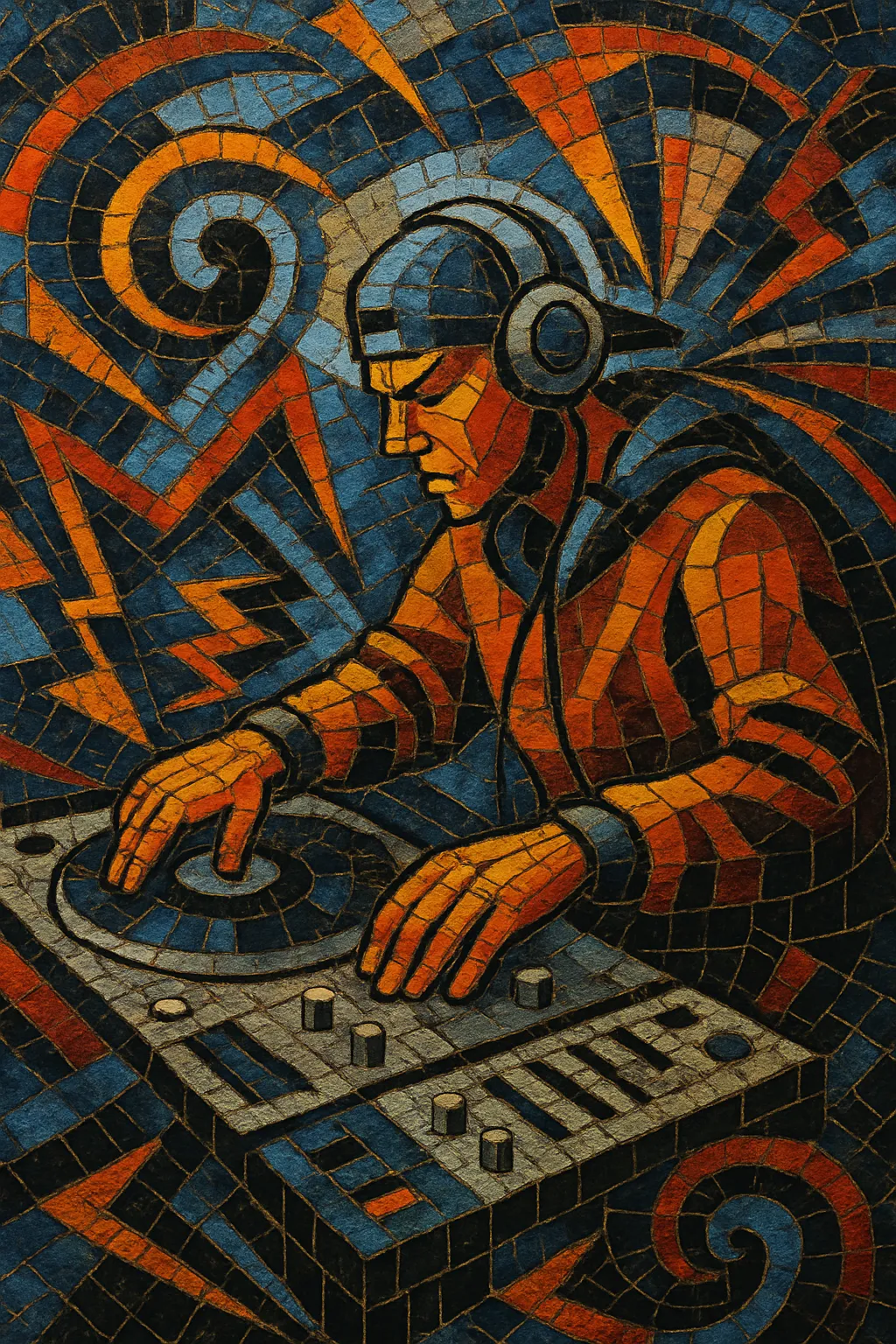Breakbeat kota is an Indonesian microstyle of breakbeat associated with urban club culture and the online “full-bass/jedag-jedug” remix scene. It emphasizes extremely punchy, clipped low end, simple minor-key melodies, and chopped vocal phrases from regional pop and dangdut.
Typically faster than mainstream EDM but steadier than jungle, it favors hard-hitting break loops, snare-roll buildups, and big room–style risers leading to explosive drops. It is a DJ- and crowd-focused sound that thrives on YouTube, TikTok, and mobile sound-system parties, where loudness, immediacy, and recognizable vocal hooks are prized.
Breakbeat kota emerged in Indonesia during the 2010s, when local DJs and bedroom producers fused classic breakbeat rhythms with the maximal, festival-ready energy of EDM and Dutch house. The name “kota” (city) reflects its urban party roots and an emphasis on club- and sound-system culture.
The style took off through YouTube channels, Facebook groups, and later TikTok, where “full-bass” edits and “jedag-jedug” clips spread rapidly. DJs circulated FL Studio projects and shared sample packs built around hard break loops, roaring subs, and snare-roll builds, accelerating a remix-driven ecosystem centered on speed, volume, and catchy vocal chops.
Producers adopted big-room EDM techniques—supersaw stabs, noise risers, and dramatic impacts—over breakbeat grids at roughly 135–150 BPM. Vocals are often chopped from Indonesian pop or dangdut, pitched and time-sliced for maximum hookiness. Loud, clipped masters and prominent producer tags became aesthetic hallmarks, designed for instant recognition in parties and short-form videos.
Breakbeat kota remains a grassroots but widely recognizable sound across Indonesian club nights, mobile DJ events, and online playlists. It continues to cross-pollinate with local styles (e.g., koplo/dangdut influences) and global EDM tropes, sustaining an active community of DJs who specialize in high-energy edits and remixes.


